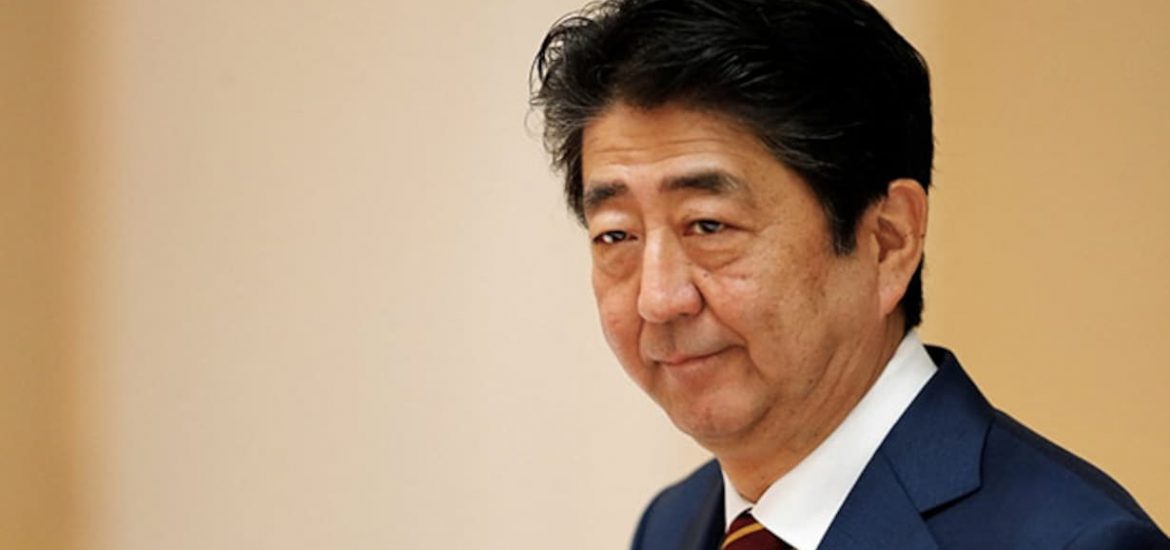The shock assassination of the former Japanese PM, Shinzo Abe, on 8 July violently removed an influential voice that pushed Japanese foreign policy toward a rightward, nationalistic direction. However, few may know that Abe was also an advocate of Japanese Buddhist diplomacy. He wedded his vision to the Buddhist diplomacy of Narendra Modi, who was known to be a personal friend (they are also kindred spirits as nationalists of their respective countries) as early as 2015.
The long relationship between Modi and Abe was not a foregone conclusion. Modi had visited Xi’an, the old capital of the Silk Road as envisioned by China, in the May of that year. Xi Jinping defined the future of the Eurasian landmass through a Sinocentric lens, with his ongoing Belt and Road Initiative (BRI). India and Japan were complicated pieces in this jigsaw. The question was: whose vision of Buddhism was India’s own plans more compatible: China’s, or Japan’s? The world got its answer in 2015, when Modi cast his die and rolled in favour of Abe with the first Samvad conclave in September of that year. His gamble paid off with an official visit by Abe to India in December. This led to the two men’s commitment, “a deep, broad-based and action-oriented partnership, which reflects a broad convergence of their long-term political, economic and strategic goals” – the “Japan and India Vision 2025 Special Strategic and Global Partnership Working Together for Peace and Prosperity of the Indo-Pacific Region and the World.”
This result was not explicit, or even implied, in the statements that emerged from the first Samvad conclave; nevertheless, at this conclave, which Modi attended and Abe joined by video call, emphasis was made on two bilateral commonalities that Japan still shares with India. First, there was the shared democratic heritage of the two countries. Modi shared with Abe an Indo-Japanese vision of a constellation of “Buddhist democracies,” led by Asia’s most populous democracy and its most economically influential democracy. From Abe’s perspective, India’s closeness would help him realize his vision for Asia’s Strategic Diamond, which consisted of India, the United States, and Australia. This later on would be manifested as the Quad later in the years of the Trump and Biden administrations.
The second commonality was a pointed reconfiguration of the Silk Road, in a riposte to China’s BRI. This vision connected Bodh Gaya – the region that Modi and the BJP consistently pushed as the origin and true home of Buddhism – to the ancient Japanese capital of Nara, Kyoto, bypassing the Chinese Silk Road hub of Xi’an (Chang’an). An additional, implied snub in this Indo-Japanese entente was that Japan, not China, was the ideal custodian of Buddhism after it fell into decline in India. Contestation over “post-Indic” Buddhism is an extremely sensitive subject for Asian nationalists of all stripes, and New Delhi and Tokyo would support each other in opposition to Beijing and Kathmandu.
Even before Abe’s death, there was no guarantee that his successor, Fumio Kishida, has anywhere near the same level of interest in the Indo-Japanese Buddhist connection as his predecessor. Kishida is not a nationalist of the same background as Abe, who came from a militaristic political dynasty. Furthermore, Buddhist diplomacy is costly (hosting large international conferences, bringing together Buddhist leaders, lobbying for access to cultural and political outlets of influence and power), with results that cannot be immediately quantified. While the world will now rightly wonder what is next for Japan’s politics after this assassination, it is almost certain that advocates of Japanese Buddhist diplomacy – in particular the more nationalistic ones – will need to decide whether to continue down the path Abe set, or consider a different strategy.


